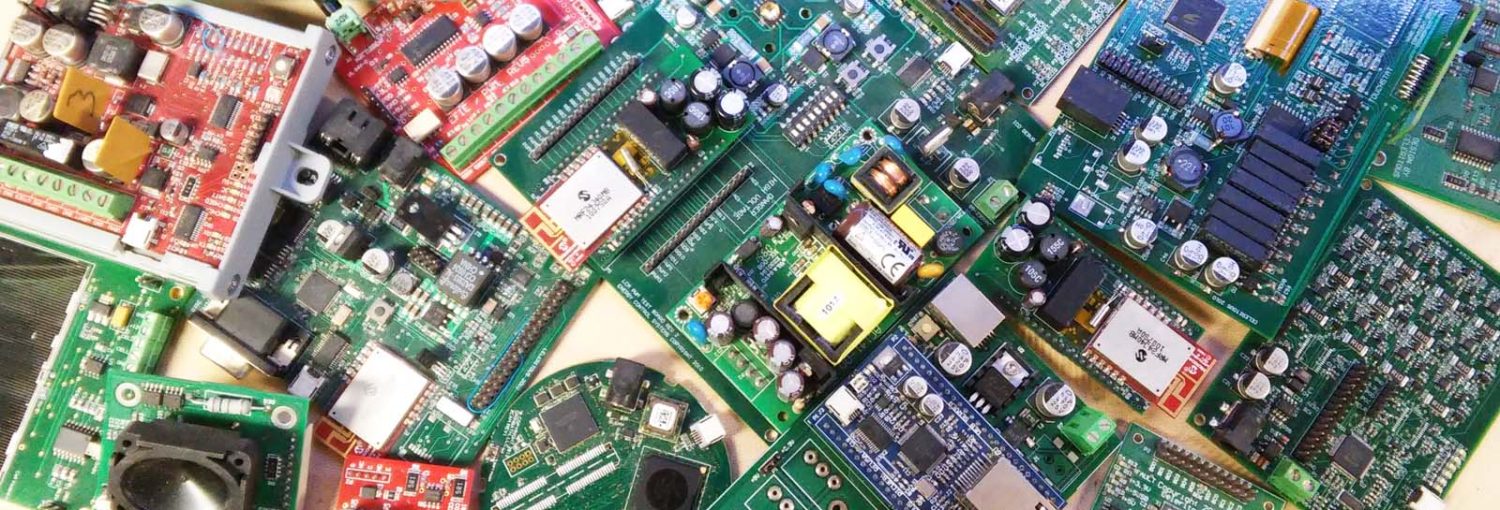These user interface modules are compact, low pin count interfaces to provide a TFT LCD display, touch screen (some models) rotary encoders, indicator LEDs and a number of pushbutton controls that can be populated as necessary. All pushbuttons and indicator LEDs are controlled by an I2C to parralell interface to keep I/O requirements at a Minimum. All TFT displays are accessed through an SPI serial interface, also to minimize I/O requirements.
2.8″ LCD Universal User Interface – This module consists of a 2.8″ diagonal 320×240 pixel TFT LCD display along with up to 2 rotary encoders, 14 push-buttons (including 2 integral to encoders, 2 LED indicators, LCD backlight dimming circuit and optional on-board LDO 3.3V regulator. The 150mm wide x 50mm tall board will fit into a variety of aluminum extrusion and other enclosures such as the Hammond 1402 Instrument case. This board also features both RC and Schmitt trigger de-bounce buffering on each push-button and encoder phase line to minimize software de-bouncing. The interface requires a maximum of 20 lines and the interface connector is a standard 0.100″ 40 pin header with one side grounded so a connecting ribbon cable will alternate ground and signal for low crosstalk and EMI/RFI susceptability.
1.44″ LCD Universal User Interface – This module consists of a 1.44″ diagonal 128 x 128 pixel TFT LCD Display along with up to 2 rotary encoders, 6 push-buttons (including 2 integral to the encoders, 1 LED indicator and backlight led control. The 88mm x 44mm board will fit into a number of aluminum extrusion enclosures. This board also features both RC and Schmitt trigger de-bounce buffering on each push-button and encoder phase line to minimize software de-bouncing. The interface requires a maximum of 20 lines and the interface connector is a standard 0.100″ 28 pin header with one side grounded so a connecting ribbon cable will alternate ground and signal for low crosstalk and EMI/RFI susceptability.
